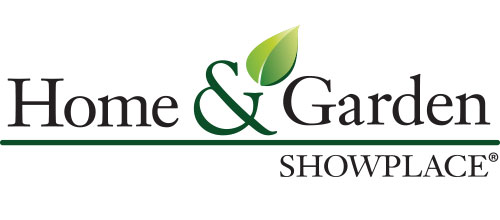
Successful Container Gardening
Pots and planters are for more than just decoration – container gardening can be a great way to grow vegetables easily and successfully. Growing veggies in containers is different than traditional gardening, however, and if you want the very best harvest, you need to be sure you are using the proper container gardening techniques to nurture every vegetable you plant.
Vegetables That Can Thrive in Containers
It is possible to grow nearly any vegetable in a container, depending on the type of container and the care the plant receives. Certain vegetables, however, are more flexible and forgiving, and can more easily thrive in a variety of container types. The veggies that do best in containers include…
- Asparagus
- Beans
- Beets
- Broccoli
- Carrots
- Cauliflower
- Cucumbers
- Eggplant
- Kale
- Lettuce
- Onions
- Peas
- Peppers
- Radishes
- Summer squash
- Tomatoes
- Turnips
- Zucchini
In addition to these popular vegetables, many different fruits will also do well in containers, including strawberries, cantaloupes, raspberries and dwarf citrus and apple trees. Even herbs such as basil, parsley, oregano, rosemary and thyme will thrive in containers, allowing you to plant a delicious garden with all the seasonings you need, all in the pots you prefer.
Tips for Growing Vegetables in Containers
It takes more than just dropping a seed or seedling in a container to have a great harvest. To make the most of edible container plantings…
- Choose the Right Container
Vegetables need a container with good drainage to prevent root rot, and the pot should be spacious enough to allow for adequate root growth. Choose a pot based on the mature size of the vegetables you will be growing, and consider different pot materials as well based on durability, weight and how quickly they may dry out after watering.
- Use Good Potting Soil
Garden soil is not suitable for use in containers, since it is too dense and compacted for plants to grow well in confined spaces. A good quality potting soil should contain large proportions of compost, perlite, vermiculite or other organic material, and have a "fluffy" consistency for good water retention, aeration and root growth.
- Position Containers Carefully
Vegetables grow best in full sun, with six or more hours of sunlight per day. Containers are also easy to set on casters so they can be moved during the day or as the season changes, allowing the plants to get abundant sunlight at all times. Do not crowd containers too tightly together, however, as plants also require good air circulation for healthy foliage.
- Water Plants Adequately
Containers will dry out more quickly than a garden plot, and thirsty vegetables may need to be watered multiple times per day on the hottest days. When the top inch of soil in the container is dry, it must be watered. Installing a drip system in a series of containers is an efficient way to keep these vegetables watered without wasting water.
- Fertilize Vegetables Appropriately
Container-grown vegetables typically require additional fertilization to reach their full potential for a bountiful harvest. Choose the fertilizer carefully for each veggie, however, to ensure it will support the harvest rather than unwanted foliage or root growth. Follow all application instructions carefully for the best results.
- Provide Support If Needed
Taller vegetables may need additional support when grown in containers to be sure they do not sag, tip or fall as they become top-heavy. Different types of supports such as cages, trellises, wires or stakes can all be suitable, depending on the vegetable. Be sure the container is also large and heavy enough so it will not tip as the plant gets heavier on top.
- Keep an Eye Out for Pests
In general, container-grown vegetables are less susceptible to plants, fungus and diseases, but these problems can still strike, and because the plants are more confined, an infestation can be drastically destructive. Watch carefully for any signs of pest problems and take corrective measures right away if unwanted intruders appear.
- Harvest Early and Often
Vegetables will continue producing in containers so long as they are regularly harvested, but if you allow the plants to go to seed, their productivity will drop off and not recover. Harvest your first edibles as soon as they are large enough for you to use, and continue harvesting regularly to encourage more production and a longer harvesting season.
It can take some trial and error to get started container gardening for vegetables, but with a bit of practice, your container-grown harvests can be just as varied, productive and delicious as any traditional garden plot.

